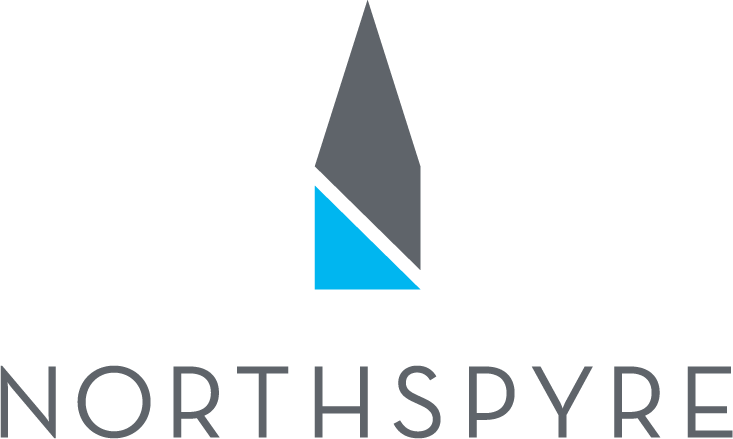It has been well established that the pandemic ushered in a new era of technology adoption in commercial real estate. During the global health crisis, the industry collectively recognized the importance of technology integration, and by the end of 2021, two-thirds of real estate companies considered technology solutions a strategic priority. This year, the fervor for technology has remained steadfast, with 44% of companies planning to accelerate innovation. As a result, tech budgets are rising as well, expected to jump 11% in the US this year.
As technology adoption accelerates, commercial real estate companies are elevating their internal programs to include complex tools that can inform investment decisions and create a competitive advantage. According to Deloitte, companies are increasingly looking to modernize by adopting cloud technologies, data and analytics, blockchain, artificial intelligence and robotic process automation.
However, these sophisticated tools require standardized data models and core technologies. Currently, 40% of companies haven’t even started to modernize technology infrastructure and many more are only in the transition phase. While technology budgets are growing, only 20% to 40% of companies are allocating those funds to technology infrastructure improvements, but to gain the full benefits of smart technologies and data, companies must prioritize these upgrades. Here is a look at the importance of modernizing technology and how to make the transition.
The Problem with Legacy Technology
Legacy programs are simply incompatible with innovation. This problem isn’t unique to commercial real estate. Any company in any industry using legacy systems will face limitations integrating new technologies because this outdated infrastructure relies on siloed data and disjointed tech stacks, making for a disorganized and disconnected system. As a result, companies cannot adopt new applications, solutions and tools or they cannot realize the full value of new technologies. A survey from EY found that nearly 60% of companies cited a lack of integration as a barrier to tech adoption, but this is likely due to issues with dated internal systems rather than limitations within the new technologies themselves.
Incompatibility is the most common issue with legacy technology, but maintaining old systems is also often expensive. Technology becomes more expensive to maintain as it ages, and as a general rule, companies will spend more on maintenance every five years that the original cost of the technology. As a result, it’s more cost-effective to replace and upgrade than to maintain outdated systems.
Security is also a concern. Many legacy systems run unpatched in network, meaning that the system is no longer supported by the original organization, and therefore exposing it to a cyberattack. In the event of a security breach, there is no easy remedy due to the age of the program.
Modernized core systems, on the other hand, support interoperability, which allows technologies and applications to connect and share data. This is essential to unlocking the benefits and value of technology and future-proofing the company for the long term.
Resistant to Change
Although it is clear that legacy systems hinder growth, commercial real estate companies—which have historically shown an aversion to technology integration—are not yet keen to upgrade, even as they investigate and adopt new tools.
A survey from Deloitte found that legacy systems are inhibiting the adoption of cryptocurrencies, market intelligence, geospatial analysis and risk analytics, which are among the most innovative new technologies transforming the commercial real estate industry. Reliance on legacy technology was reported as the top reason why commercial real estate firms are not integrating these emerging tools.
Unsurprisingly, institutional players are leading the way, as they did with the early stages of technology adoption. EY’s survey quotes one REIT executive saying, “People have grown to expect that a solution will do everything immediately.” In some ways, this is good news. Real estate institutions have the capacity and funds to modernize their systems and prove out the model for the rest of the industry, but it will also inevitably set them apart and enhance their already considerable competitive advantage. Deloitte notes that institutions with modernized systems have already “broken from the pack” and differentiated themselves.
Although 40% of companies are still relying on legacy systems with no sign of transitioning, technology adoption has continued to accelerate with 93% of all companies focused on increasing their use of technology, and nearly two-thirds of those companies say that increased efficiency and reduced costs are the primary benefits of technology adoption. However, without modernized core systems, companies won’t realize the full value of these benefits.
A Guide to Future-Proofing
Upgrading is actually easier than it seems. There are three steps to modernization: assess, identify and build.
EY recommends that companies first assess where they stand on the Technology Maturity Curve, sometimes called the Digital Maturity Curve. The curve is a standardized measurement of how well technology supports an organization’s mission, vision and business objectives calculated by analyzing data, infrastructure, online digital and management. This measurement will measure a company’s ability to achieve its innovation objectives, and it is an important indication of how much value a company is extracting from its IT program. This first step will give companies insight into current operations.
Once companies have a better understanding of their internal technology program, the next step is to identify pain points and invest accordingly. This means there is no need to upgrade legacy programs in one fell swoop, but rather focus investments on improving the program little by little. These upgrades should target cloud technologies that do more than optimizing costs and achieving business continuity, according to Deloitte research, which notes that leveraging third-party partnerships can help ease many of the complexities of upgrading your system. In this phase, companies can also analyze gains from prospective technologies, make decisions based on company needs and use, and identify the systems that will support those technologies.
The last step is implementation. Modernized systems should be tailored and AI-driven to give companies a competitive edge, according to Deloitte, but experts on the Forbes Technology Council added that there is no need to reinvent the wheel. “You can evolve the wheel already built, refurbish it and put it into a modern system. Often, people get trapped with scrapping and rebuilding only to realize a deficiency much later on,” said WaiJe Coler of InfoTracer.
Companies have already made huge commitments to and investments in technology, and many of those technologies have achieved considerable gains. Northspyre, for one, has leveraged data and machine learning to reduce construction overages by as much as 66%.
However, too often, companies are not extracting the full potential of these technologies. To develop a robust platform, future-proof the company and become a differentiator in an exceedingly competitive investment market, commercial real estate companies must invest in modernization at every level of the tech stack. It’s the only way to truly move the needle on technology adoption.

